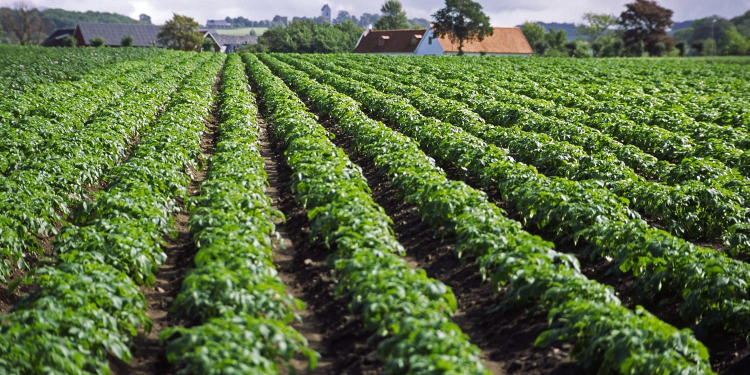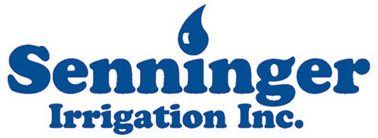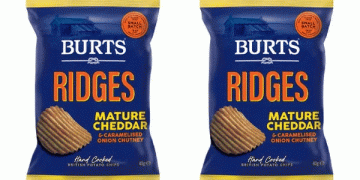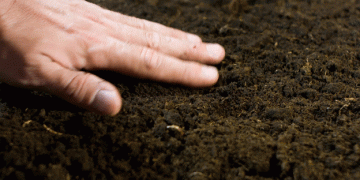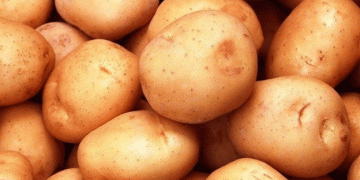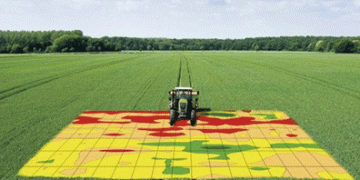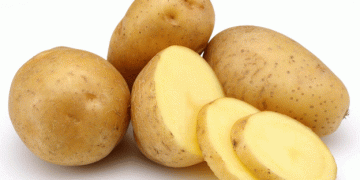Drip systems are sensitive and more prone to damage than overhead irrigation. Rodents, weed cutters, laborers, mechanical harvesting equipment and even the sun can damage drip systems.
Overhead irrigation systems use PVC lines, steel piping and corrosion-resistant thermoplastics. Solid set installations have been known to last anywhere from 10 to 30 years. The underground tubing and piping of permanent solid set systems generally last around 30 years in the field, while risers and overhead sprinklers can last 10 to 15 years. Solid set systems also bring the added benefits of high automation and low labor requirements, adaptation to the rotation of crops, and recovery irrigation.
Drip vs overhead irrigation: minimal investment for a strong ROI
For large-scale commercial growers, overhead irrigation is more economically feasible.
Drip systems typically cost $500 to $1,200 or more per acre. Part of the total cost is capital investment, and another part is the annual cost of disposable components. In some fields, growers may need to replace sections of their drip tubing every season. This adds to the cost of removal and disposal or recycling. The numbers do not include the additional cost of frost protection or germination systems.
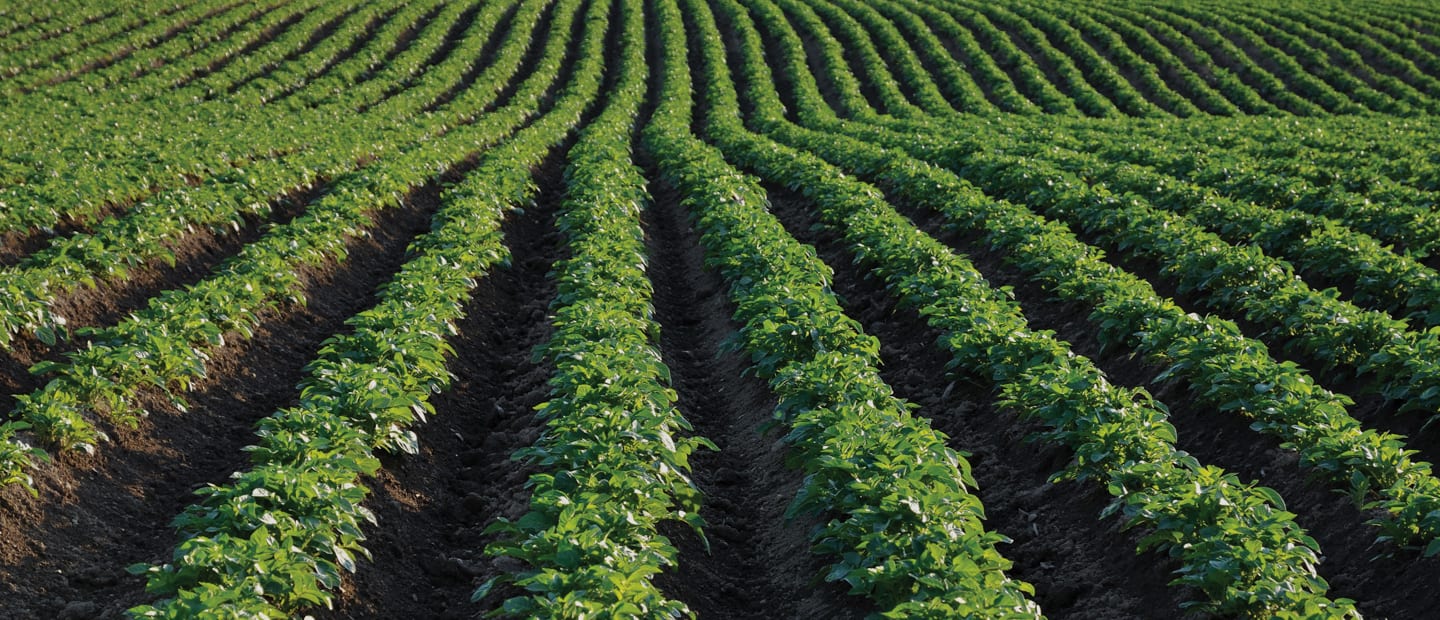
The cost of a solid set system depends on whether it’s a permanent installation or a portable system. Permanent systems can be costly to install, since laterals need to be placed underground, with only sprinklers and risers above the ground. However, since the system is not moved around the field, labor costs are minimal.
Portable systems are less expensive, but they come with higher labor requirements. These systems use a lateral pipeline with sprinklers installed at regular intervals. When irrigation is complete in one area, the lateral line needs to be disassembled and moved to the next position.

overhead irrigation systems
While installation of a solid set system is not always cheap, one of the main advantages is the need for less tubing and equipment. In most solid set systems, sprinklers can be spaced 6 to 18 meters apart and still provide uniform application. Drip tubing needs to be set up around 1 meter to 0.5 meters apart.
In larger fields, a substantial amount of drip tubing is needed to irrigate crops, and the tubing may only last a few seasons. According to an article in California Agriculture, the cost of the drip tubing and emission devices is approximately 25 percent of the initial expense. However, these components have the shortest durability.
Drip vs overhead irrigation – part 1
